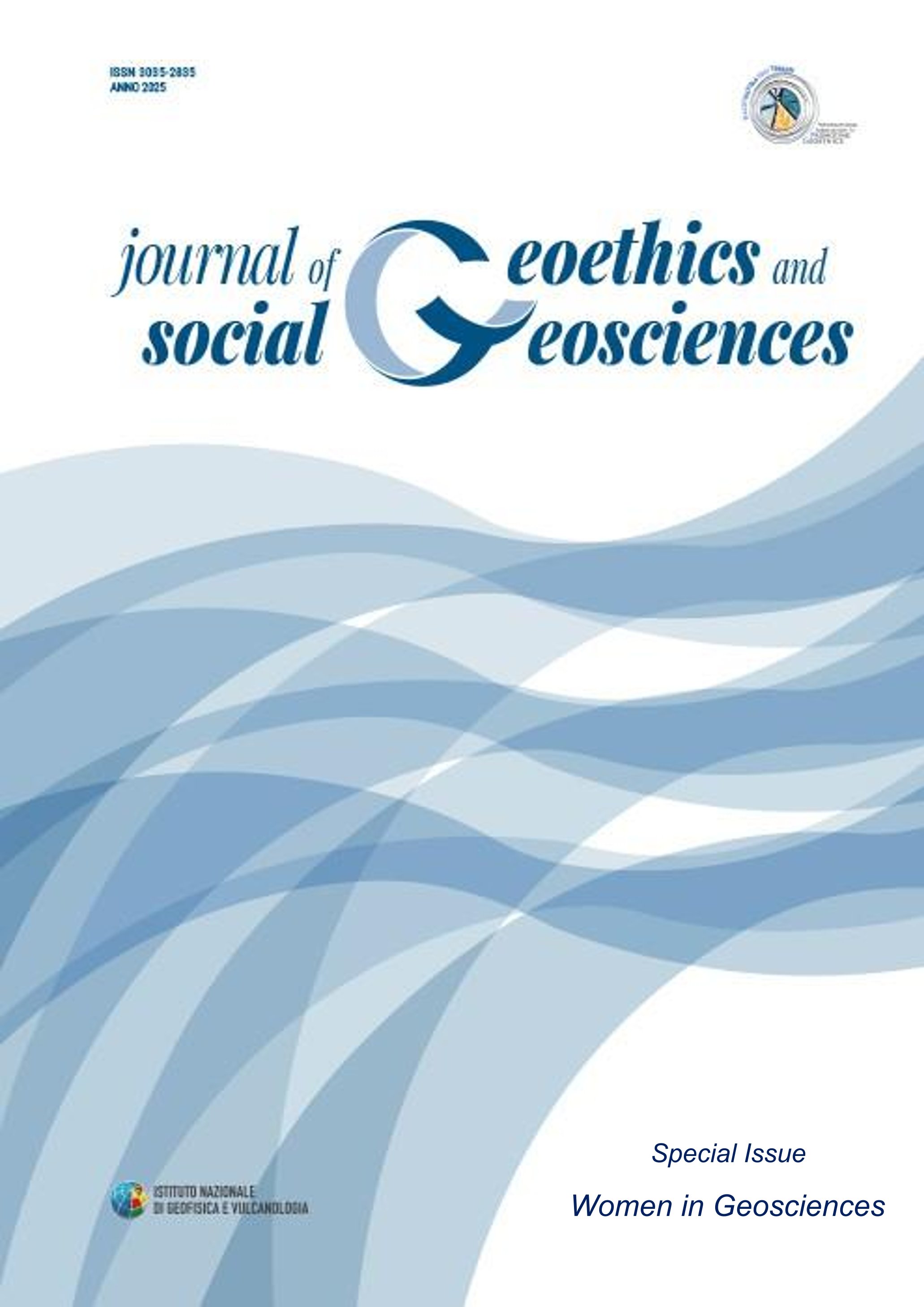Travels with Lyell. Mary Horner’s “hidden” contribution to early nineteenth century geology
Main Article Content
Abstract
The early nineteenth century marked a crucial phase in the development of Earth sciences. While traditional historical narratives have largely focused on male scientists, a more composite picture is now emerging that recognises the participation of women who, in various ways and within the constraints of their time, contributed to the formation of the geosciences. In Britain, in particular, many women were actively engaged in scientific work, conducting research along the coasts and in the countryside, helping to uncover the Earth’s geological past.
Despite being excluded from formal scientific institutions, women often found ways to participate in informal networks of collaboration, carving out significant roles for themselves in a male‑dominated scientific environment. This article focuses on
Mary Elizabeth Horner Lyell (1808‑1873). Reconstructing her contributions is difficult: she did not publish under her own name and much of her work is indistinctly intertwined with that of her husband, the geologist Charles Lyell (1797‑1875).
Through the examination of archival material, travelogues and correspondence, this study explores Mary Horner Lyell’s work as a geologist, conchologist, field assistant, translator and correspondent within international scientific networks. Her case illustrates
how women, though often invisible in the published literature, played essential roles in the production and circulation of scientific knowledge of the early nineteenth century.
Article Details
Section

This work is licensed under a Creative Commons Attribution 4.0 International License.

